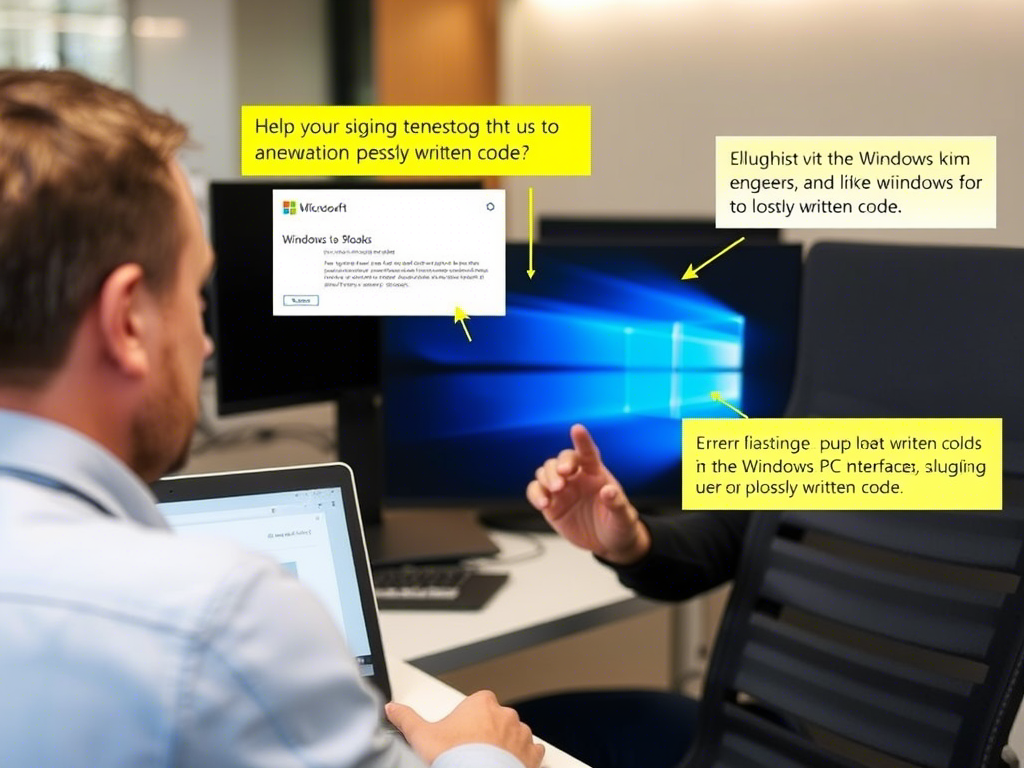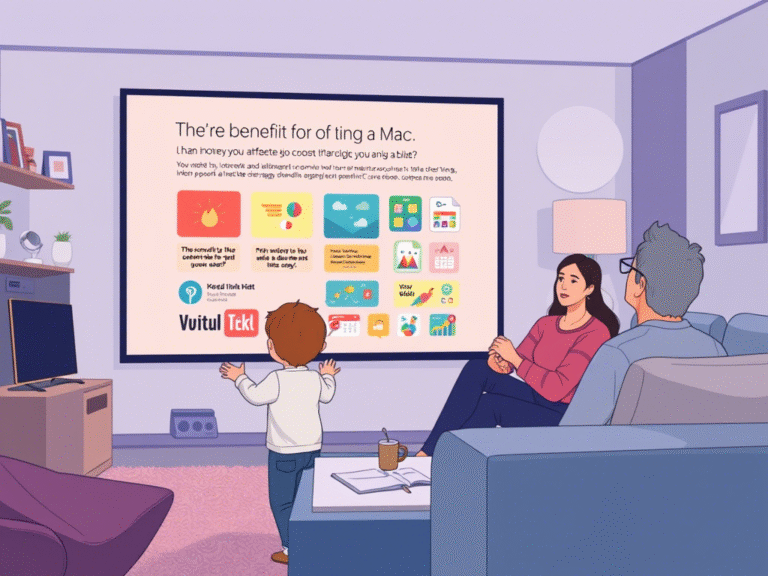
Why Your Windows PC Feels Slow — A Microsoft Engineer Breaks It Down
Microsoft is reminding Windows 10 users that support is ending soon , urging them to upgrade to Windows 11 or consider a new device — preferably a Copilot+ PC . As part of this transition, the company has also released a list of older Surface devices that won’t be eligible for Windows 11 due to hardware limitations.
This has sparked discussions among home users about how best to handle the change. For those with systems built before 2015 — which can’t officially run Windows 11 — some are suggesting that Windows 8.1 , rather than Windows 10 or 11, might be a better fit. They argue it feels faster and more responsive on older hardware.
However, it’s worth noting that Windows 8.1 reached end-of-support in January 2023 , so using it today comes with security risks and no future updates.
Bad Code Can Make Your PC Feel Slower
A major reason behind system slowdowns isn’t always hardware — sometimes it’s the software itself. Recently, Neowin published an article titled “Sloppy software is why you think you need new hardware” , written by David Uzondu, highlighting how inefficient code can make even modern machines feel sluggish.
It turns out, Microsoft engineers seem to agree. Matt Hamrick, a Senior Escalation Engineer at Microsoft, recently shared a post on the company’s Tech Community blog explaining how poorly optimized code can lead to memory leaks and performance issues on Windows.
A Real-World Example: .NET Configuration Mistakes
In his post, Hamrick walked through a real case involving a .NET 7 application where a small configuration mistake led to serious system instability. Specifically, he looked at a misused reloadOnChange parameter inside a ConfigurationBuilder.
Setting this value to "true" instead of "false" caused the app to continuously reload configuration files in the background — unknowingly consuming more and more memory over time. This eventually led to out-of-memory (OOM) errors , system lag, and even full crashes.
Hamrick explained that reloadOnChange: true is only intended for use during app startup — not in parts of the code that run repeatedly, like in controllers or middleware. Developers who aren’t aware of this can accidentally introduce performance issues without realizing it.
Using tools like WinDbg and the .NET garbage collector (GC) memory analyzer , Hamrick was able to trace the issue back to this single line of problematic code.
He also noted that this isn’t limited to .NET 7 — the same problem can occur in newer versions of .NET as well.





